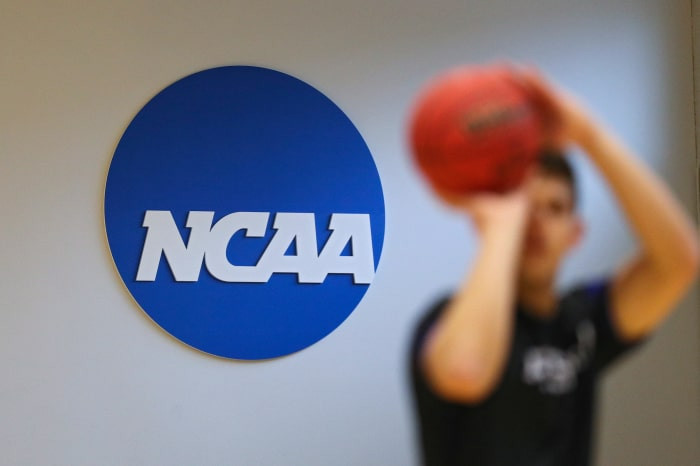A federal judge has given final approval to the landmark House v. NCAA settlement, fundamentally changing the landscape of college athletics. For the first time, schools will be allowed to directly pay athletes, marking the end of the NCAA’s 119-year amateurism model.
The $2.8 billion settlement, to be paid out over the next decade, includes back payments for athletes who competed between 2016 and 2024 and missed out on name, image, and likeness (NIL) opportunities. Starting July, 2025, colleges can share up to $20.5 million annually in revenue with their athletes—a cap that will rise by at least 4% each year during the 10-year agreement.
This direct compensation is in addition to existing scholarships and NIL deals with third parties. Most of the revenue is expected to go to football and men’s basketball players, with smaller shares allocated to women’s basketball and other sports The settlement also resolves three major antitrust lawsuits, including Carter v. NCAA and Hubbard v. NCAA, alongside the House case.
Schools and conferences now face a tight timeline to implement new payment systems and enforce updated rules. The move is expected to bring more clarity and stability to college sports, but it also raises questions about roster limits, competitive balance, and the future of NIL deals outside the new revenue-sharing framework.

